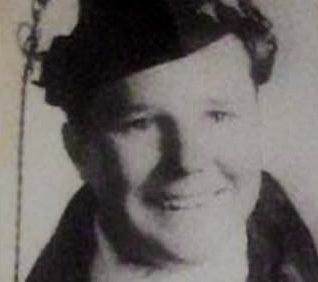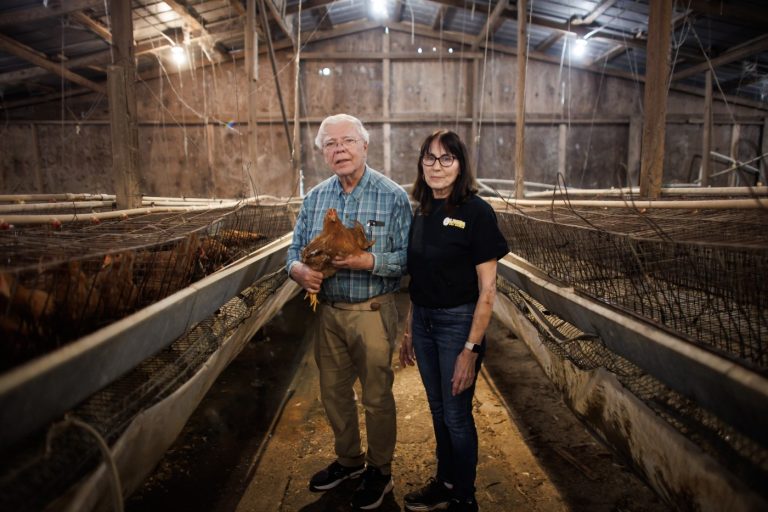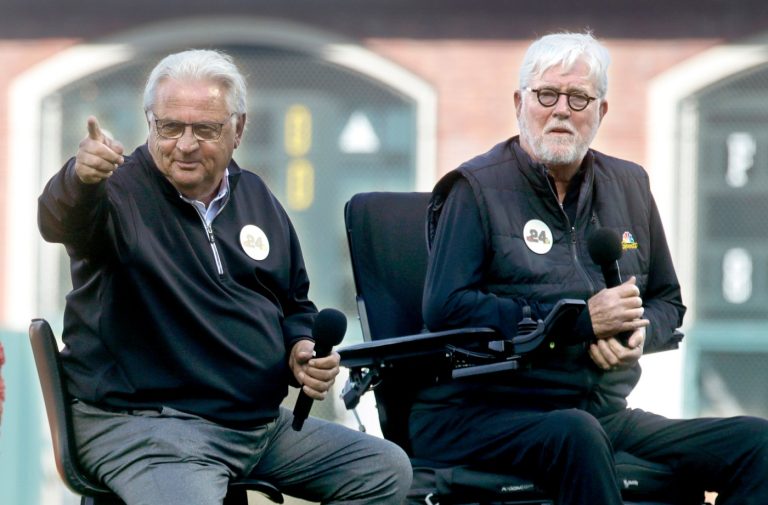RICHMOND — A Richmond man who was went missing in action in World War II and was presumed dead has been accounted for officially 80 years after his death.
U.S. Army Air Forces 1st Lt. Bruce H. Brown was 22 when he died in December 1943. The U.S. Department of Defense’s Prisoner of War/Missing in Action Accounting Agency (DPAA) determined that it had accounted for Brown last September but held off announcing it until his family was notified.
Related Articles
Review of Alameda climate-change experiment finds no measurable health risk
Local Rosie the Riveter honored 80 years after service
Climate-change research project aboard USS Hornet paused for environmental review
Many Russian immigrants in California buy propaganda that Nazis thrive in Ukraine
Lou Conter, last survivor of Pearl Harbor USS Arizona attack, dies at 102
That agency announced its findings publicly Friday. Scientists used DNA samplings to help identify Brown’s remains.
A 1940s newspaper article reports the status of Richmond resident Bruce H. Brown following a plane crash during World War II in 1943.
In a statement, the DPAA said Brown was co-piloting a B-17F “Flying Fortress” that went down when hit by anti-aircraft fire after a bombing raid in December 1943 on a German aircraft factory in France. The aircraft last was seen spinning toward the ground and crashing near the village of Bernieres-sur-Seine.
The War Department issued a death certificate for Dec. 20, 1943.
In 2011, a family member of one of the aircraft’s crew contacted the U.S. Department of Defense after visiting the crash site and interviewing a witness who had artifacts of it. After determining there was enough evidence to investigate, the DPAA sent a team of investigators to the village to interview the witness.
Eight years later, the Department of Defense and American Battle Monuments Commission exhumed unknown remains gathered in 1946 by an Army division tasked with recovering the remains of missing American personnel in Europe.
According to the DPAA, scientists used anthropological analysis and analyzed DNA and came to their final conclusion identifying Brown.
Brown will be buried in Houston on a later date to be determined, the DPAA said. His name already had been memorialized on the Wall of the Missing at the Cambridge American Cemetery in England, along with others who went missing during the war. A rosette now will be placed next to his name to indicate he’s been accounted for.












